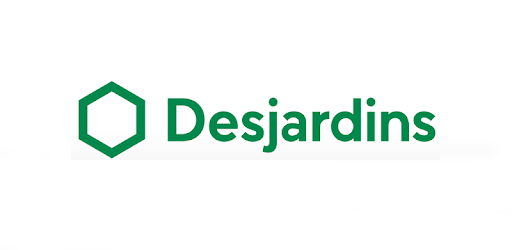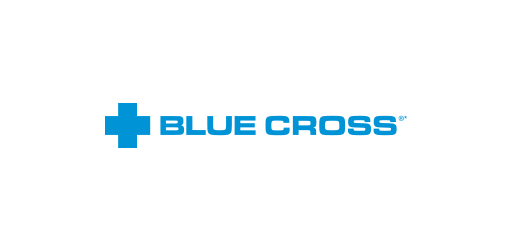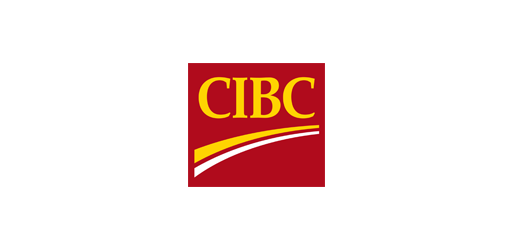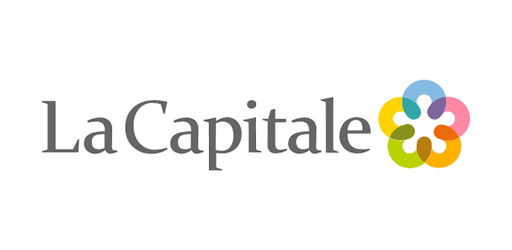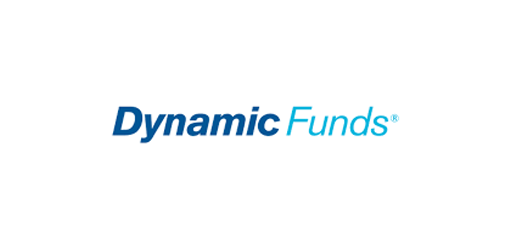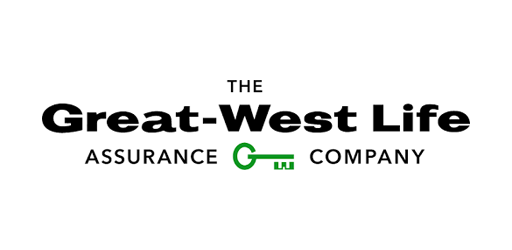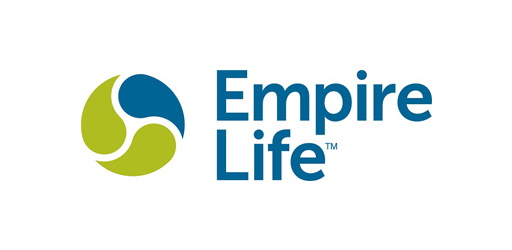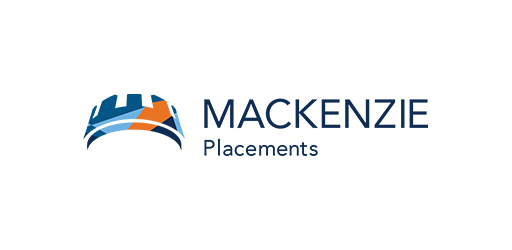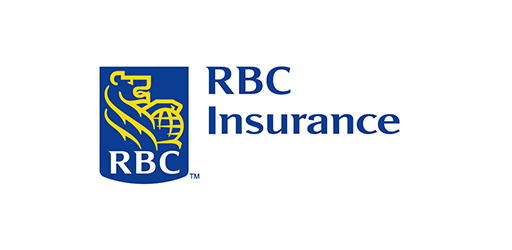Simplifying the administration of your plan with cutting-edge technological tools
It is to every employer’s advantage to offer and implement group retirement savings plans that meet the specific needs of their employees. This demonstrates that they are important to the company, who will then benefit from increased employee retention and satisfaction. It is also an element which attracts the best employees.
Our consulting expertise for retirement plans
- Definition of your objectives, needs, and those of your employees
- Positioning of employees, managers and executives
- Design of an appropriate group retirement savings plan
- Support for a simple and efficient implementation
- Retirement simulator to help reach objectives
- Personalized tools to support employees before and after retirement
- Dedicated support team that manages the plan so that you can be freed from many administrative tasks
- Simplified and secure Web experience (account management in real time)
- Guidance on the various investment options
There are several types of retirement plans, and each one has specific features that make it unique. Our experts are here to guide you in choosing the right retirement plan, and the right administrator.
Here is an overview of various retirement plans:
Group Registered Retirement Savings Plan (Group RRSP)
A group retirement plan (or group RRSP) is a retirement savings instrument for a group of employees, unionized workers, or members of an association, which is issued by a financial institution, and approved by the CRA (Canada Revenue Agency).
Contributions made by a participant are deductible from his taxable income and are automatically deducted from his pay cheque, which provides a tax exemption at source, and makes saving less constraining.
Advantages of a group RRSP
- Gains realized within the plan accumulate tax-sheltered
- Contributions to a group RRSP are tax deductible
- Advantageous group rates, as the fees for investing contributions are generally lower than those for an individual RRSP
- Superior total returns because of lower fees
- Tax is deductible at the source, which increases the employees’ net income
- Possibility of regular contributions, which brings about systematic savings benefits
The Individual Pension Plan (IRP) is a defined benefit pension plan whose retirement income corresponds to 2% of the average of the 3 highest income years for each recognized year of service. It is generally set in place for an individual and financed by the company (tax deductible for the company). The IRP is a plan where savings accumulate tax sheltered and it can also be maximized by transferring the participant’s RRSP into it.
- Business owner (incorporation)
- Person related to the business (who holds at least 10% of a share class)
- Aged 45 and over
- Average annual income generally more than $100,000 (salary on T4 slip)
- The business makes significant profits each year
- The business possesses liquidity that can be injected in the IRP
IRP: Advantages for the participant
- The plan is financed by the business
- Allows greater savings for retirement than an RRSP
- Recognizes past years of service, which increases the retirement pension
- The plan’s assets are accumulated tax sheltered before retirement
- Assets in an IRP are unseizable by creditors
- No payroll tax on contributions for the employee, contrary to the RRSP
- Personalization possible
- Pension indexation
- Early retirement without reduction
- Bridging supplement
IRP: Advantages for the employer
- Net rate of return assumption of 7.5%, contrary to the RRSP
- Possibility of additional capitalization when the investment returns are low (more significant actuarial deficit)
- Possibility of making a final contribution to the plan by increasing pension benefits
- Significant income tax savings; contributions lower the business’s revenue
- Contributions made into the IRP by the employer are not a taxable benefit for the participant
- The assets in the IRP decrease shareholder equity, which can make selling the business easier
Who We Work With


